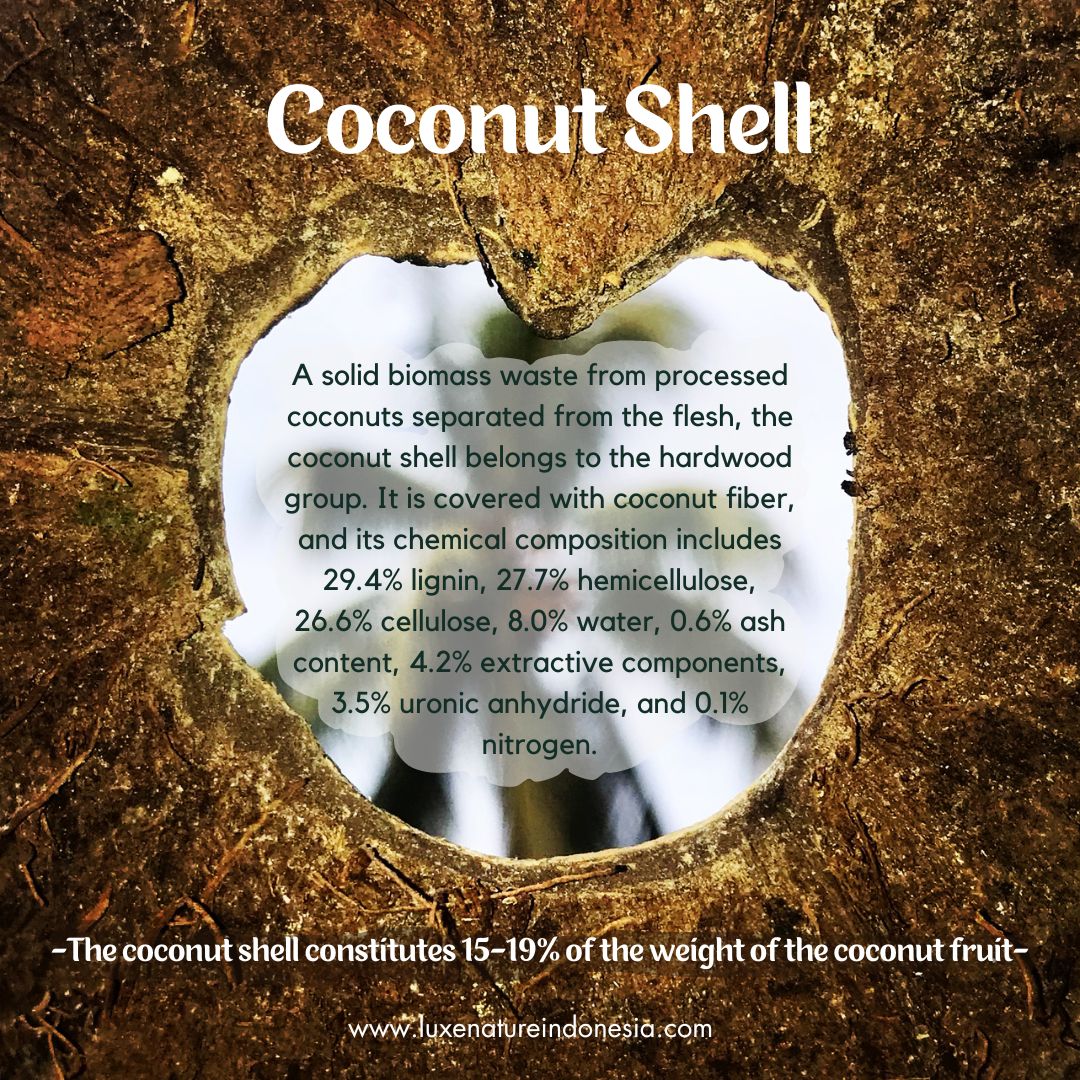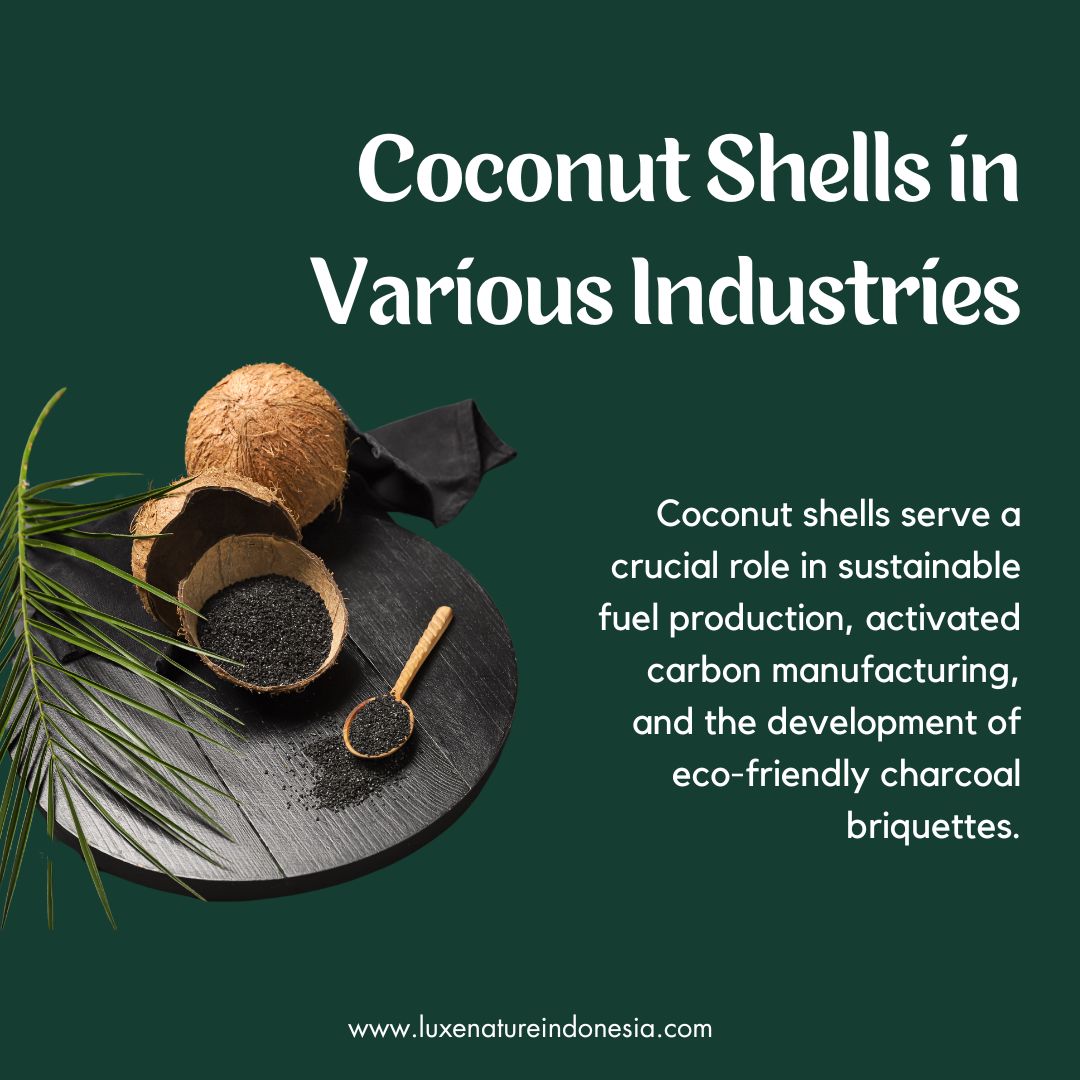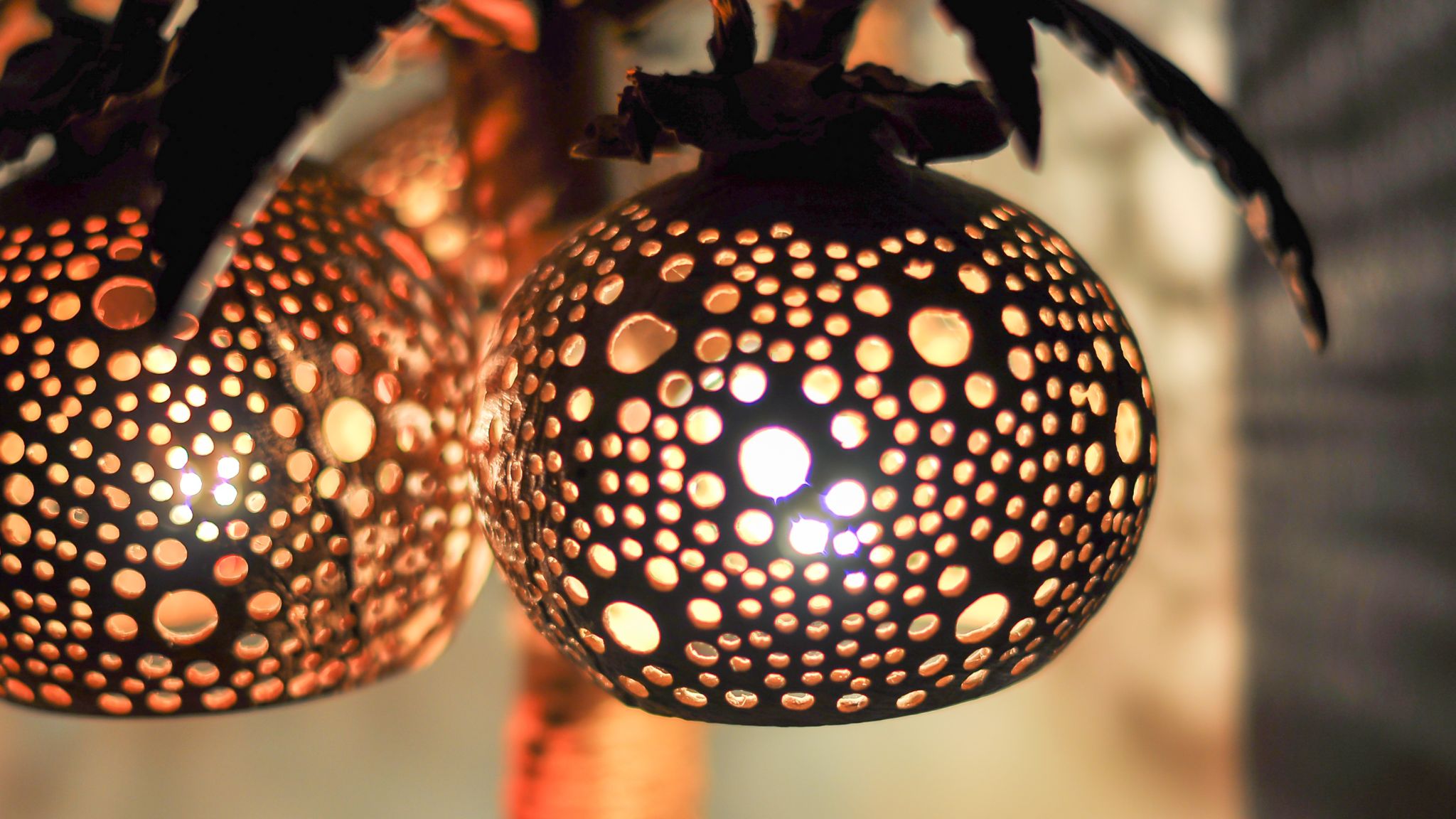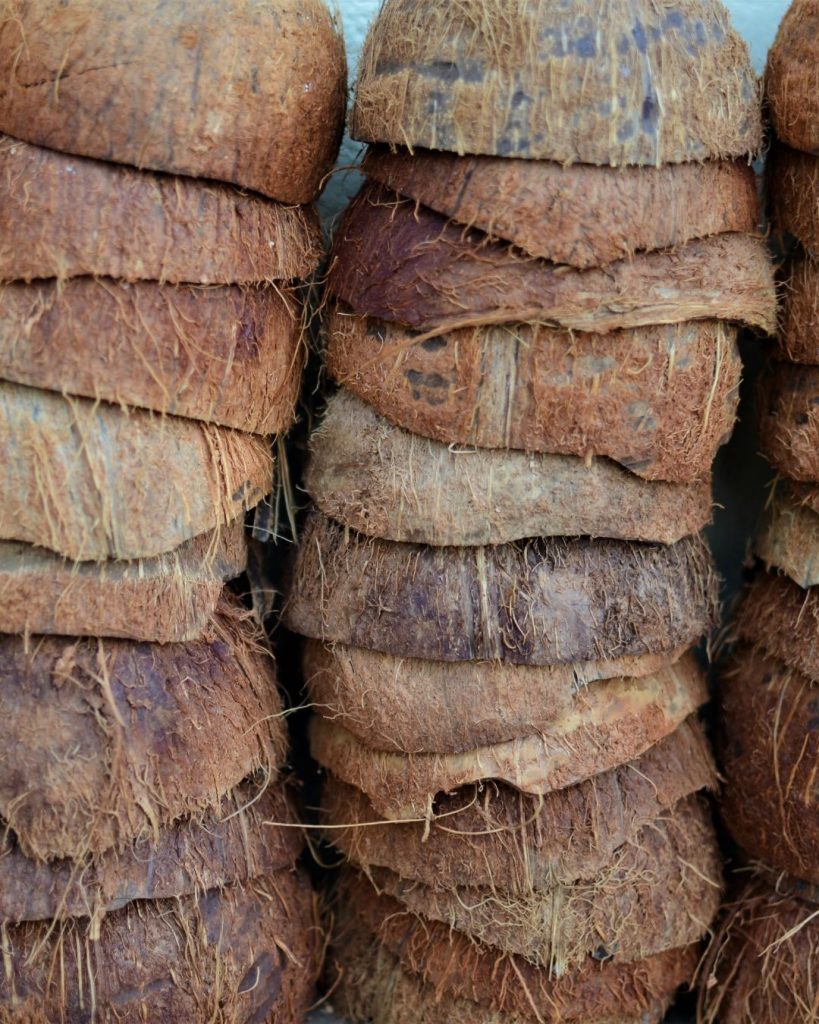The coconut shell, often overlooked, is an incredibly versatile byproduct of the coconut tree. In this article, we’ll explore fun facts about coconut shells that highlight how this humble material is much more than just a container for coconut liquid. Throughout history, coconut shells have served various practical and decorative purposes and are now gaining recognition for their sustainability and eco-friendly properties. From traditional crafts to modern industries like cosmetics, filtration, and fuel, fun facts about coconut shells reveal their vital role in many surprising applications. Let’s delve into the fascinating characteristics of coconut shells and discover why they are becoming more relevant in today’s world.

What is Coconut Shell?
A coconut shell is the outermost hard layer of the coconut fruit. Belonging to the hardwood group, it is classified as solid biomass waste separated from the coconut flesh during processing. Chemically, the coconut shell consists of lignin, cellulose, and hemicellulose, which contribute to its remarkable strength. Weighing approximately 15-19% of the coconut’s total weight, the shell is known for its hardness and wood-like composition. These fun facts about coconut shells underline their durability and eco-friendly properties, making them valuable in various industries.
The coconut shell’s biodegradability and renewability contribute to its increasing use as an eco-friendly material. In contrast to synthetic materials like plastic, coconut shells decompose naturally and have minimal impact on the environment.
The Structure and Composition of Coconut Shell
Coconut shells are comprised primarily of lignin and cellulose, which give them their strength and durability. The fibrous outer layer, also called coir, serves as a protective barrier, while the hard shell protects the tender coconut inside. This hard outer layer is not just a protective shield; it has proven to be useful in a wide range of applications due to its chemical composition.
Traditional Uses of Coconut Shells – Fun Facts About Coconut Shells in Culture
For centuries, coconut shells have played a key role in traditional communities. In countries like Indonesia, the Philippines, and India, coconut shells have been used to create a variety of handicrafts. Artisans have transformed coconut shells into bowls, cups, spoons, and jewelry. These items are not only practical but also environmentally friendly and beautiful. The coconut shell’s smooth and brownish texture can be polished to create decorative items, which are often sold as souvenirs in tropical countries.
In Indonesia, coconut shells are also used in traditional games. One well-known game is the “egrang batok“ or coconut shell stilts, which is popular during Indonesia’s Independence Day celebrations. In this game, coconut shells are split in half and used as the base of the stilts. After the coconut meat is removed, a hole is made in the center of the shell, and a strong rope is threaded through. Participants stand on the shells while holding the ropes, using them to walk. This activity reflects the deep connection between play and life in Indonesia, where no part of the coconut tree goes to waste.
Modern Industrial Applications – More Fun Facts About Coconut Shells
Today, coconut shells have found their way into various modern industries, particularly those focusing on sustainability.
One of the most significant uses of coconut shells is in the production of activated carbon. Coconut shell-derived activated carbon is highly sought after due to its large surface area and high adsorption capacity. It is commonly used in water purification systems and air filters because of its ability to trap contaminants and pollutants efficiently.
Coconut shells also play a major role in the creation of biofuels. With their high calorific value, coconut shells are an ideal source of biomass energy. They are often used in rural areas as a cleaner, more sustainable fuel alternative. In addition, coconut shells are increasingly being turned into eco-friendly charcoal briquettes, which are used for grilling and cooking. These briquettes are smokeless, odorless, and emit fewer pollutants compared to traditional charcoal.

Eco-Friendly Materials – Sustainable Fun Facts About Coconut Shells
As environmental awareness grows, coconut shells are being embraced as a sustainable alternative to non-biodegradable materials. The rise in popularity of coconut shell bowls, plates, and utensils is a clear example of this trend. These eco-friendly kitchenware items are not only reusable but also help reduce reliance on plastic and other harmful materials.
Additionally, coconut shell charcoal is a much cleaner-burning fuel than traditional charcoal. This makes it an attractive option for households and restaurants that want to reduce their environmental impact without compromising performance.
Coconut Shells in Various Industries
In addition to their use in biofuels and activated carbon production, coconut shells are crucial in the development of sustainable building materials. Researchers are currently exploring how coconut shells can be incorporated into biocomposites to replace traditional wood and synthetic materials in construction. These biocomposites, made by combining coconut shells with other natural fibers, are lightweight, strong, and environmentally friendly

Coconut Shells in Arts and Crafts – Creative Fun Facts About Coconut Shells
Coconut shells are a favorite material in the arts and crafts world due to their natural aesthetic and versatility. Many artisans create beautiful keychains, necklaces, bracelets, and other decorative ornaments from coconut shells. These crafts are not only visually appealing but also help support local economies in coconut-producing regions.
Moreover, coconut shell buttons are a common feature in eco-friendly clothing lines. These buttons are durable, stylish, and completely biodegradable, aligning with the growing demand for sustainable fashion.

The Future of Coconut Shells – Innovative Fun Facts About Coconut Shells
As industries and consumers alike search for green alternatives to conventional materials, the demand for coconut shells is expected to rise. Already, they are a key player in sustainable industries such as water filtration, fuel production, and natural beauty products. The potential for further innovation is enormous, particularly in areas like packaging and construction materials.
Coconut shells represent a renewable resource that can help combat pressing environmental issues such as plastic pollution and deforestation. By continuing to explore and expand their uses, we can take another step toward creating a more sustainable future.
Conclusion

The coconut shell is more than just a protective layer for the coconut; it is a valuable resource with a broad range of applications. From traditional handicrafts and games to modern industrial uses in biofuels, activated carbon, and eco-friendly products, the coconut shell stands out as a sustainable material with immense potential. Its strength, renewability, and biodegradable nature make it an essential material for a greener world.
Luxenature Indonesia, a leading exporter and supplier of coconut products, provides all variants of coconut shell, from coconut shell natural shape, shisha briquette, barbeque briquette, activated carbon, coconut shell bowls, and any accessories from coconut shells. With a strong commitment to quality and sustainability, Luxenature Indonesia caters to diverse global demands. We are your reliable partner for sourcing premium coconut products, ensuring quality and sustainability in every product we offer.
For inquiries and more information, contact us at Luxenature and let’s grow your business with our premium coconut products.


